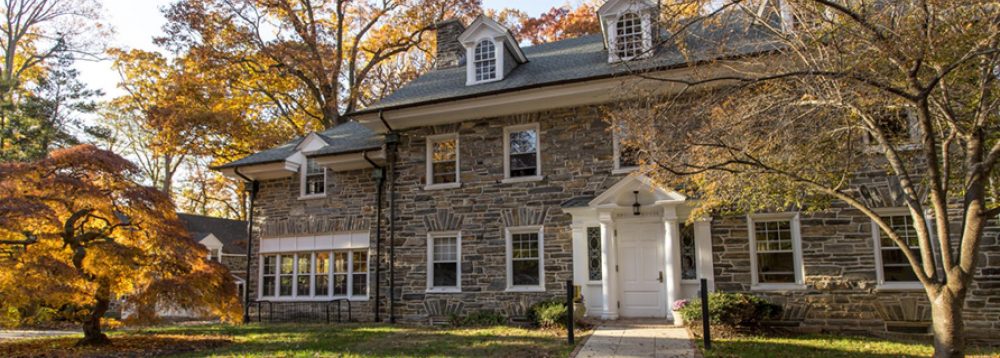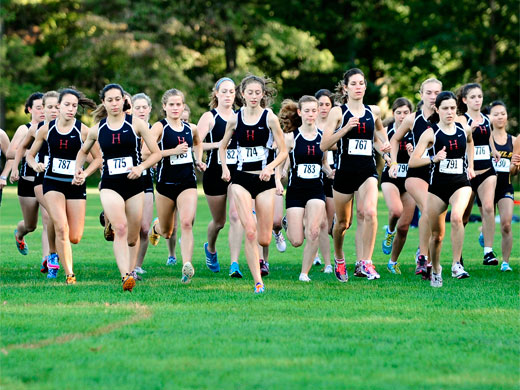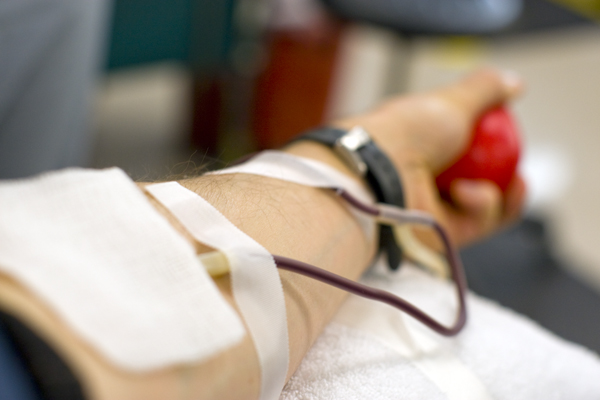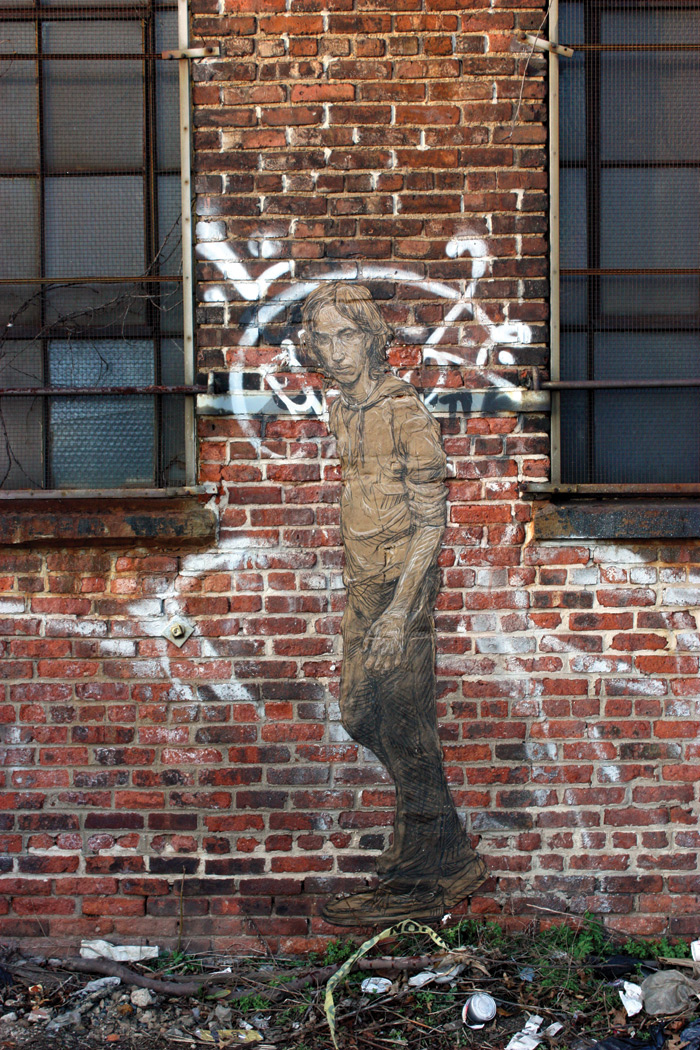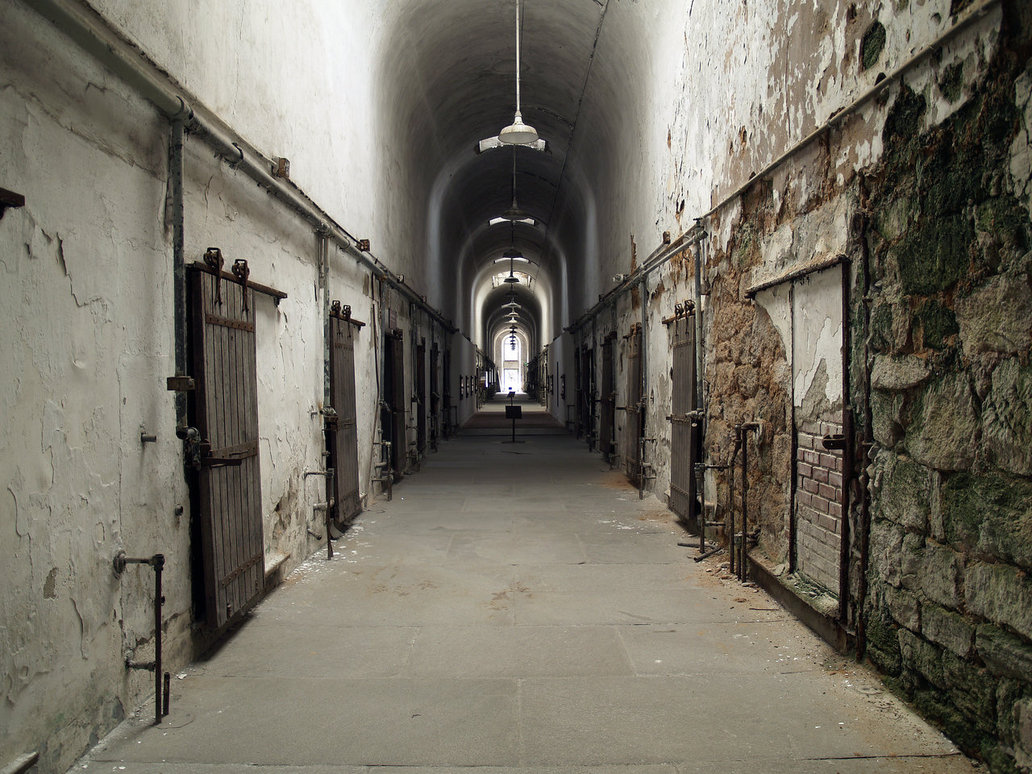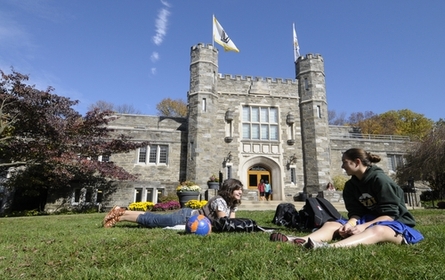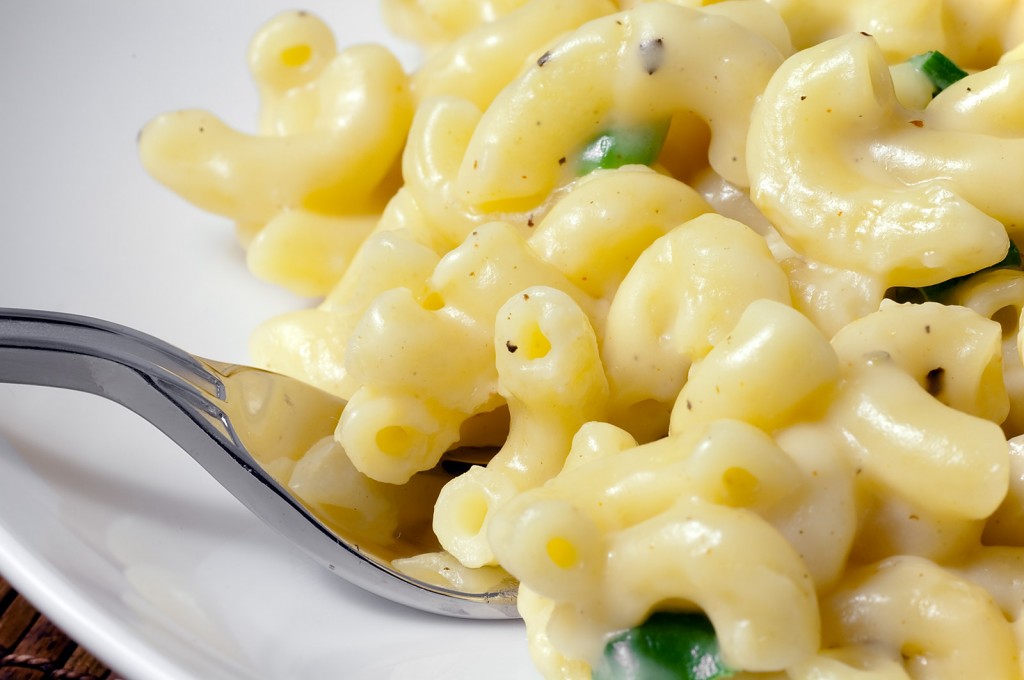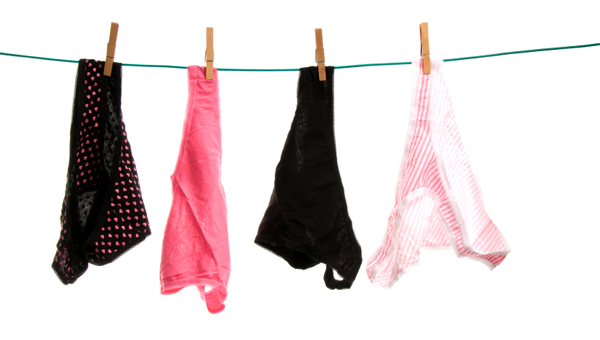Haverford’s Cross Country team goes a long way
By Katie Greifeld
It’s 11 a.m. on a Friday. Most HaverfordCollege students are sitting in class, awaiting the weekend. However, for a group of nine Haverford cross country runners, the weekend has already started.
Unlike most of their peers, they won’t be spending it studying and catching up on sleep. Instead, they’ll spend 22 of the next 40 hours crammed in a van, traveling to and from Indiana. Members from the women’s team, known as the Bees, and the men’s team, known as the Goats, are journeying to the midwest this weekend.
A handful of Goats and Bees wait outside the Haverford campus center for the van to arrive, gearing up to battle for the best seats. Sophomore Molly Allen, 19, tightly hugs a stuffed bee as the late November wind picks up, and shifts her weight from foot to foot.
The van pulls into view, carrying Goat seniors Brian Sokas, 21, and Elliot Schwartz, 21. Sokas, wearing a captain’s hat, lays down the trip’s ground rules as his teammates pile into the van.
“You will refer to me as Captain Robocop at all times, and Lampshade (Schwartz) as Commodore Lampshade,” Sokas told his shivering troops. “Also, if you touch this hat, you’re walking there.”
Once everyone is settled and buckled in, the van embarks on the 11 hour journey to Bloomington, Ind. The crew will spend the night at a 2012 Goat alumnus’ house, before driving an addition two hours to Hanover, Ind.
The event that these runners are traveling across the country to see is the NCAA Division III Cross Country National Championships. Seven runners from the Haverford men’s and women’s teams respectively will compete against the best Division III runners in the nation, a showdown that they have all been training for since June.
Excited chatter fills the van, while people pass up the mixed CDs that Sokas requested they make.
“Play my mix first!” Allen requested.
“Ugh, I don’t know how much Kesha I can stomach,” Sokas replied, choosing to instead play Bruce Springsteen.
With only nine people fit into the 12 person van, this ride will be luxurious compared to the vans departing in the afternoon. Two more full-capacity vans will depart from campus at 4 p.m. and 5 p.m., each containing a mixture of current and alumni Goats and Bees.
* * *
For the Bees, this year’s Nationals trip is particularly important – the opportunity to run at this race did not come easily. This year, the Bees did not place high enough at Regionals, held the previous weekend, to guarantee them a spot at Nationals. Instead, the Bees had to rely on an at-large bid to secure them a place on the starting line.
It was the luck of the draw that got them here, and every member of the team knows it. It has been a long, hard season.
The Bees’ problems started in June, when top returner Fiona Hendry, class of 2016, announced that she was transferring to SyracuseUniversity. To make matters worse, the Bees’ second top runner, Katie Balmer, class of 2015, told the team that she was going abroad to Germany during the fall semester.
Including the seniors who had graduated in 2013, the Bees had lost four of their top runners, making Nationals prospects look bleak.
Despite the rocky road that got them there, the Bees were in Indiana and ready to run. The varsity squad had flown to Indiana on Thursday, to make sure that they knew every inch of the championship course.
* * *
It’s moments before 11 a.m. on Saturday, and the frigid Hanover air is completely still. Suddenly, the starting gun fires, and the crowd of cross country die-hards erupts as 280 sprint away from the starting line. Hundreds of
screaming fans decked out in their teams’ colors already line the 6,000 meter course, paying little mind to the blue-jacketed race officials trying to push them back.
Among the numbers are the Haverford Bees, spread out along the course in a pre-planned cheering strategy. The girls are wearing bumble bee costumes over thick winter jackets, necessary for the bite of the 35°F Indiana morning. Continue reading
